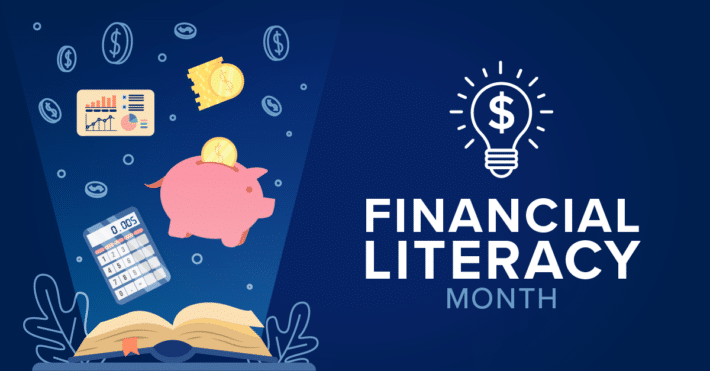
Learning to manage your finances might be overwhelming. With so many concepts and terms, where should you begin? Learning about financial literacy is crucial, as it will help you reach your financial objectives. Boost your financial knowledge with this brief guide to financial literacy’s key concepts and components.
1. Understand Loans
It comes as no surprise that some situations call for a loan. Start by asking your friends and relatives whether they can lend you money. You can also borrow from banks or look for a lender personally with the Payday loans app. Whatever option you prefer, be cautious about taking a new loan, as your ultimate goal should be living a debt-free life.
If you already have loans, there are two approaches that will help you pay them off. The snowball method is an approach that requires you to pay off the small debts and then tackle the larger ones while building motivation by dealing with the debts faster. The debt avalanche is the complete opposite, as it requires you to identify the loans with the highest interest rate, pay them off, and, therefore, reduce the amount of interest that you would pay in the long term.
2. Budget and Establish Financial Goals
Budgeting is essential for reaching your financial goals. Evaluate your monthly income and expenses, including groceries, utility bills, rent, loan payments, and entertainment. After tracking your spending, set your financial goals and cut expenditures on unnecessary items and things.
Financial goals are divided into short-term goals that can be achieved in less than a year, medium-term — one to five years, and long-term — more than five years. A conscious approach to spending and learning how to budget will help you meet these objectives faster.
3. Start Saving
Opening a savings account will help you save extra cash, earn interest, and create a sense of security by establishing a small emergency fund. Of course, there are many ways to save money, like establishing retirement savings funds, investment portfolios, or regular savings accounts. Choose the one that suits your current needs and stash your cash to ensure a secure financial future.
4. Consider Investing
Investing is often considered a high-risk endeavor. The reality is that there are a lot of investing opportunities that have different levels of risk and return. Start with learning about mutual funds, stocks, and bonds. Remember that investing wisely will allow you to build wealth, set up an emergency fund, and save for retirement.
5. Improve Your Credit Score
Whether you plan to take out a mortgage, send your kids to college, or buy a car, a bad credit score will affect multiple areas of your life. Improving your credit score is pivotal, as a bad score will lead to higher interest rates and limited options, while a good score will allow you to choose favorable terms and conditions. Therefore, a healthy credit history and creditworthiness should be among your top priorities.
To sum up, financial literacy incorporates knowledge of personal financial management and other conscious approaches to money spending, like budgeting and investing. By reading articles on finances and expanding your knowledge, you will learn to manage your money and achieve your financial goals faster.







